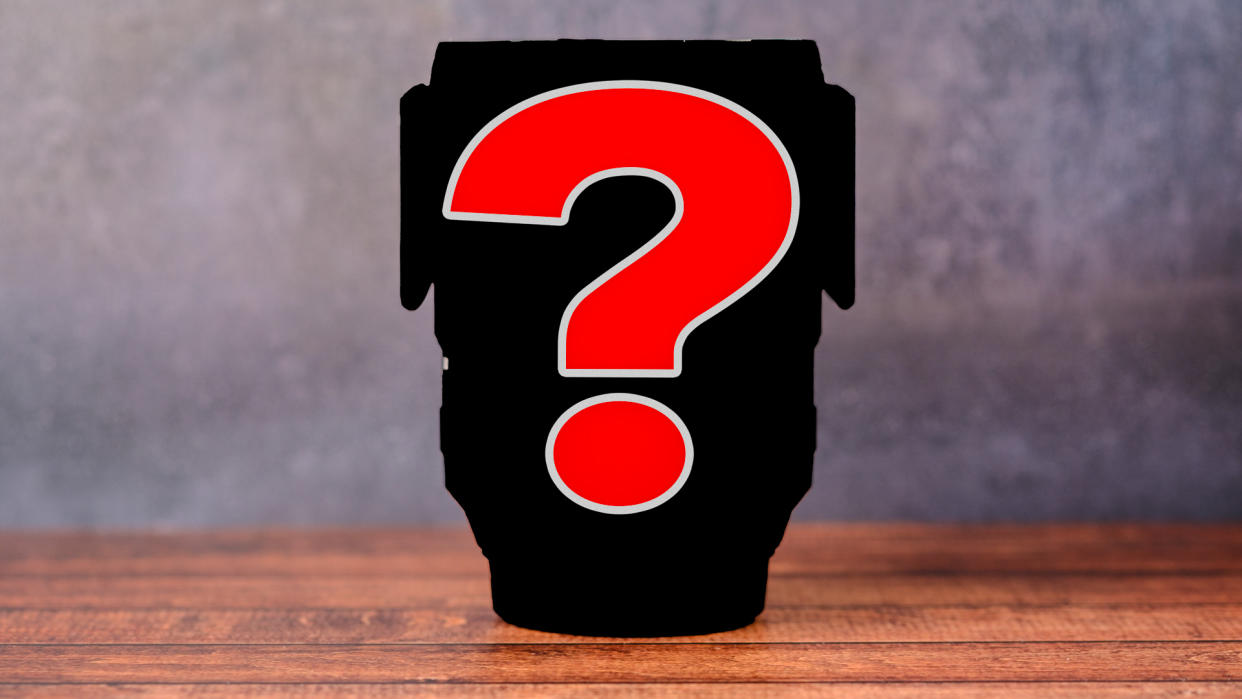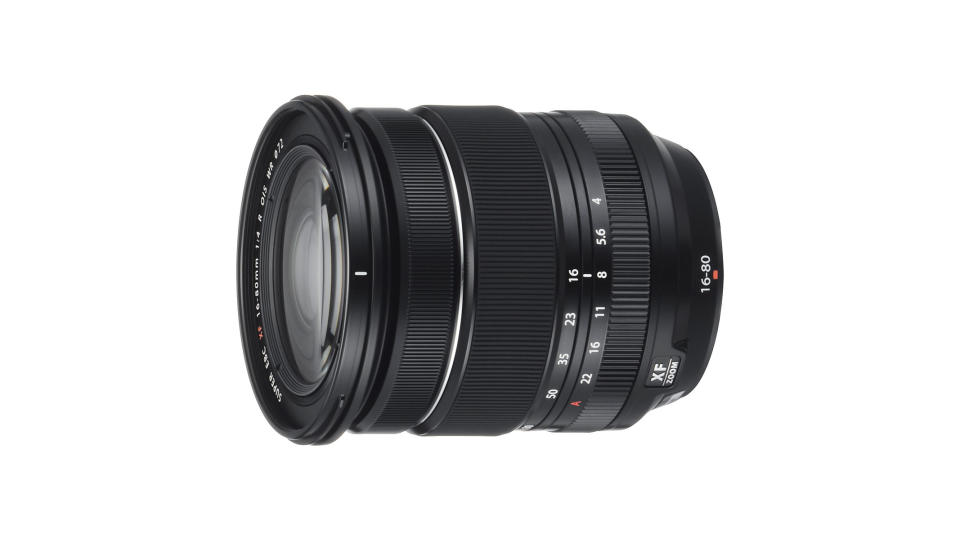I switched camera systems, and this is the lens that really surprised me

There’s a saying in the photography world: ‘Friends don’t let friends buy f/4 lenses’. It’s a half-truth. For most applications, a faster lens will always be the most usable option.
Most people buy the f/4 versions of a zoom, like a 24-70mm or 70-200mm for cost reasons and then ultimately sell it for the f/2.8 version. In the process you usually waste money. Hence telling your photographer friends to bite the bullet on the more expensive one.
A long time ago I switched from Canon to Fujifilm and was even an X-Photographer while that program was running. On Canon I had the EF 24-70mm f/2.8 and the EF 70-200 f/2.8 lenses. And yep, I got the EF 70-200mm f/4 before buying the f2.8 version, so I truly know the pain of which I speak. When I went to Fujifilm, the kit lens was an 18-55mm f/2.8-4 lens, so it was a good compromise.

I wanted the wider faster lens though and aimed for the XF16-55mm f/2.8 (a 24-85mm equivalent). When I was going to buy it, the X-T4 was just out. Unfortunately, they didn’t do a kit with the 16-55mm, so I opted for the XF16-80mm f/4 kit. That’s a versatile 24-120mm equivalent. Basically, the lens was 300 bucks cheaper in the kit. I still bought the 16-55mm as well. My thoughts on these lenses were that the 16-80mm would be handy for travel and that I’d used the 16-55mm all the time.
I was wrong. Despite its slower aperture, the weight, sharpness, and extra reach turned this into my go-to zoom lens. This lens also has OIS (optical image stabilization), so you can combat camera shake from lower shutter speeds compared to an f/2.8 lens. I’ve used it for landscapes, portraits, and product shots, and it really is a great travel lens. Have you been wrong about a lens in a good way?

